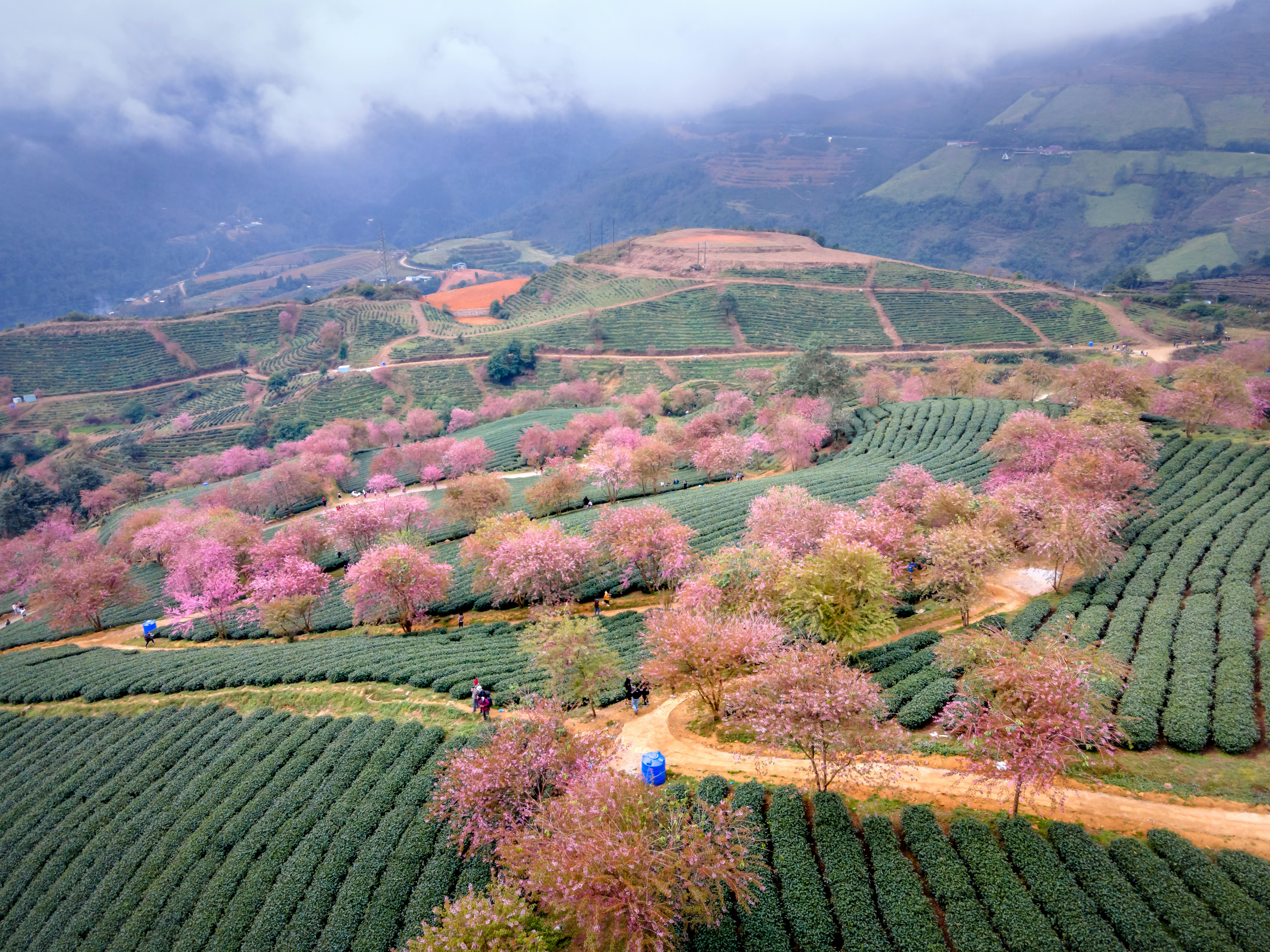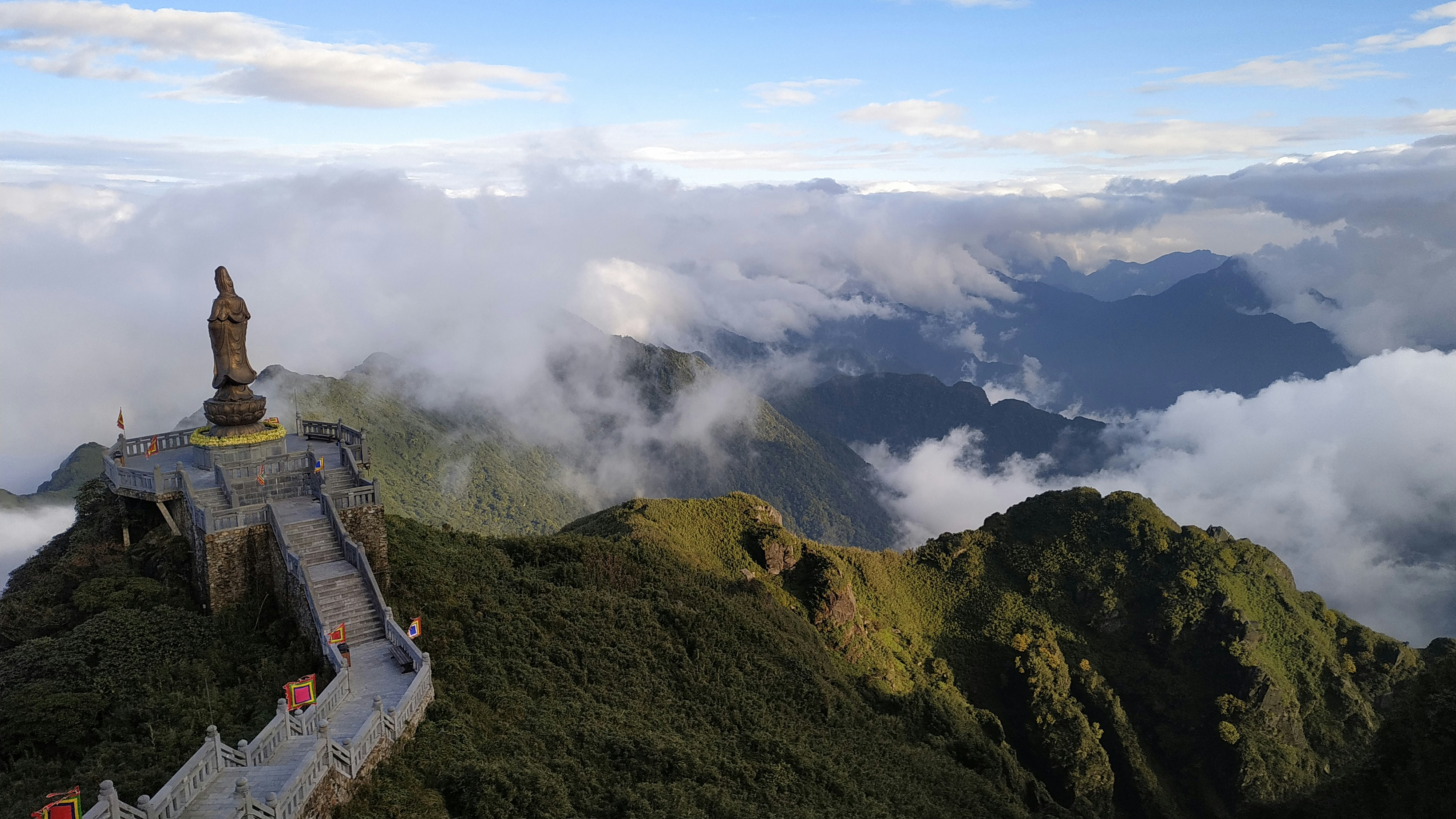Sapa, nestled in the northern highlands of Vietnam, is a destination renowned for its stunning natural beauty, rich cultural diversity, and scenic terraced rice fields. For travelers planning their Vietnam trips, Sapa stands out as a must-visit location for nature lovers and adventure seekers alike. But to truly appreciate the breathtaking landscapes and experience local culture at its finest, it’s essential to time your trip right. Understanding the best time to visit Sapa can make all the difference in your travel experience.
In this guide, we’ll explore the weather patterns, seasonal highlights, and insider tips to help you choose the perfect time to visit Sapa, ensuring your travel to Vietnam is nothing short of magical.
Sapa’s Climate and Weather Overview for Your Vietnam Trips
Sapa is situated at a higher altitude compared to many parts of Vietnam, giving it a subtropical highland climate. This means the town enjoys a cooler, more temperate climate than the tropical regions of southern Vietnam. The weather in Sapa is characterized by four distinct seasons, each offering unique attractions and experiences.
Understanding Sapa’s climate is crucial when planning your Vietnam trips, as the town’s changing weather can significantly impact the landscapes and outdoor activities. Let’s break down the seasons to help you determine the ideal time for your visit.
Spring (March to May): The Season of Bloom and Clear Skies
Spring in Sapa, spanning from March to May, is considered one of the best times to visit. During this season, the weather is generally pleasant, with cool temperatures ranging between 15°C to 25°C (59°F to 77°F) during the day and cooler nights. The skies are often clear, making it perfect for trekking and exploring Sapa’s stunning landscapes.
One of the highlights of visiting Sapa in spring is the blooming season. The region’s iconic terraced rice fields are not yet planted, but the hillsides are covered with blooming flowers, particularly peach blossoms and plum blossoms, painting the landscape with vibrant colors. The freshness of spring also offers spectacular views of the surrounding mountains and valleys, often without the dense fog that can obscure the vistas in other seasons.
For those looking to explore local culture, spring is an ideal time for visiting ethnic minority villages. The villages are alive with activity as locals prepare for the upcoming planting season. This is also a fantastic time for cultural immersion, with various traditional festivals and markets taking place.

Summer (June to August): The Green Season and Lush Rice Fields
If your travel to Vietnam brings you to Sapa in summer, from June to August, you’ll witness the town during its rainy season. While this might not sound ideal to some travelers, summer in Sapa has its own unique charm. Temperatures are warm, ranging between 20°C to 30°C (68°F to 86°F), and while there’s a higher chance of rain, the showers often come in short bursts, followed by periods of sunshine.
What makes summer special is the lushness of the rice terraces. By mid-June, the rice seedlings are planted, and the fields turn a vivid green. The sight of endless terraces cascading down the mountainsides is one of the most iconic views of Sapa. Despite the occasional rain, trekking in summer offers a chance to see the countryside at its most fertile and vibrant.
However, it’s important to be prepared for sudden rain showers, so bringing waterproof gear and suitable footwear is essential. Summer is also a quieter time in terms of tourists, meaning you’ll have the opportunity to explore the area’s natural beauty without large crowds.
Autumn (September to November): The Golden Season
For many travelers, autumn is the ultimate time for a trip to Sapa, especially from mid-September to early November. This is when the rice terraces turn a golden hue as the rice ripens for harvest, creating one of the most stunning landscapes in all of Vietnam. The combination of pleasant weather, with daytime temperatures around 15°C to 25°C (59°F to 77°F), and the golden fields makes autumn an unforgettable time to visit.
During autumn, the weather is generally dry, with clear blue skies, making it perfect for outdoor activities like trekking, cycling, and photography. The trails around the villages of Ta Van, Lao Chai, and Cat Cat are particularly beautiful during this time, as the golden terraces contrast against the lush green hills and mountains in the background.
Culturally, autumn is a busy time for the ethnic minority communities in Sapa, as it’s harvest season. Visitors can witness or even participate in some of the traditional harvesting activities, providing a unique insight into rural life in northern Vietnam.

Winter (December to February): A Unique Cold Season in Vietnam
Winter in Sapa, from December to February, offers a completely different experience compared to the rest of the country. With temperatures dropping to as low as 0°C (32°F) or even below at night, Sapa’s winter can be quite cold, particularly in the higher elevations. Snow is rare but not unheard of, and when it does occur, the town turns into a winter wonderland, attracting curious travelers eager to see snow in a Southeast Asian country.
While the weather is cold, clear and sunny days are not uncommon. The crisp winter air and the chance of seeing frost-covered trees or even a snow-capped peak make winter a magical time to visit for some. However, the cold can be intense, so it’s essential to pack warm clothing and be prepared for chilly conditions, especially if you’re planning to trek.
Despite the cold, winter is still a great time for those who enjoy fewer crowds and wish to experience a more serene side of Sapa. The town itself, with its colonial architecture, takes on a different charm in the winter months, making it a peaceful retreat for travelers seeking a quieter escape.
Festivals and Special Events to Consider
In addition to weather patterns, Vietnam trips to Sapa can be timed around local festivals and events. The ethnic minority groups in Sapa celebrate various traditional festivals throughout the year, many of which are tied to the agricultural calendar.
One such event is the Tet Festival (Vietnamese Lunar New Year), usually held in late January or early February. While this is a national holiday, in Sapa, Tet is celebrated with unique customs that reflect the traditions of the local Hmong, Dao, and Tay communities. Visitors during this time can experience colorful ceremonies, traditional dances, and special markets.
Another event worth considering is the Khau Vai Love Market, typically held in April. This cultural festival, although more prominent in neighboring regions, attracts members of ethnic minority communities from all over northern Vietnam, including Sapa. It’s a fascinating event where locals gather to reconnect with old acquaintances and celebrate their traditions.
Conclusion: The Best Time to Travel to Sapa
When planning your Vietnam trips to Sapa, consider both the weather and what kind of experience you’re after. Whether it’s the lush greenery of summer, the vibrant blooms of spring, the golden rice terraces of autumn, or the unique cold of winter, Sapa offers something special in every season. Regardless of when you choose to visit, you’re sure to be captivated by the region’s breathtaking scenery and rich cultural heritage.
Travel to Vietnam is incomplete without a journey to Sapa, where the landscapes and people come together to create an unforgettable adventure. For the best travel experience, plan ahead, prepare for the weather, and visit us for more information: https://ambassadordmc.com/



